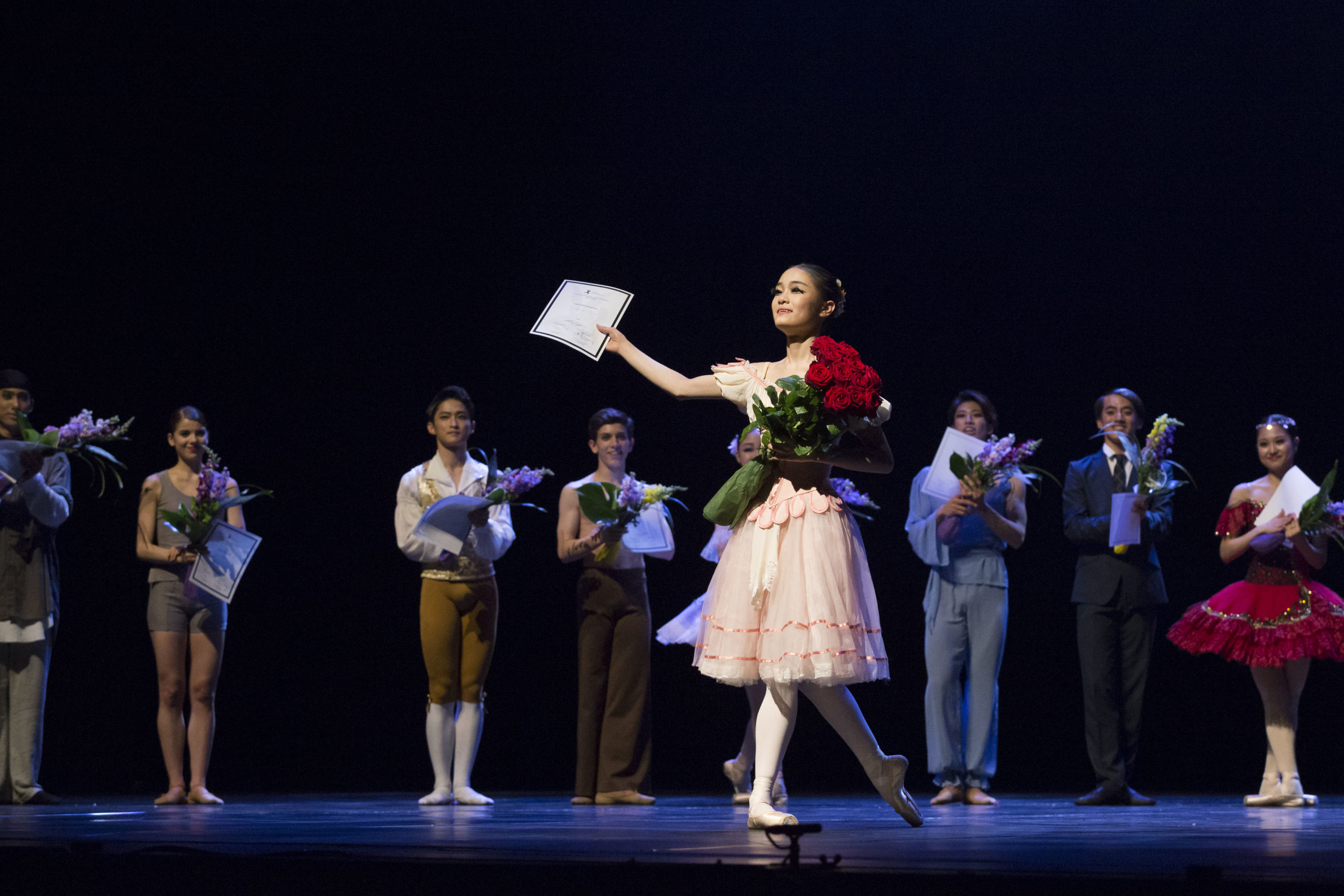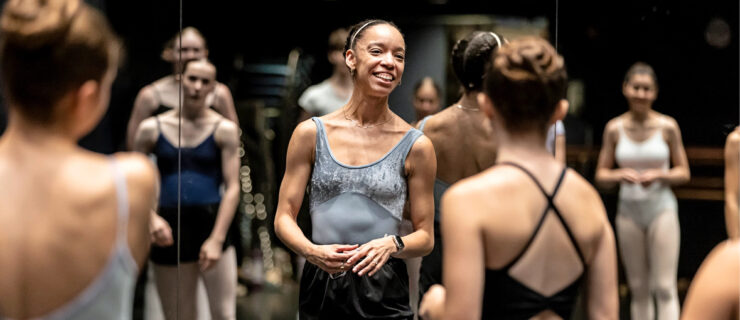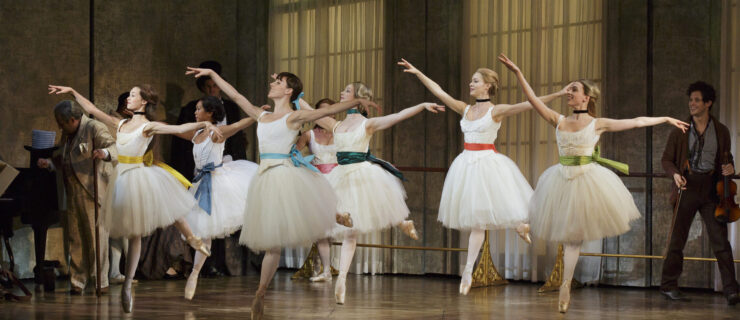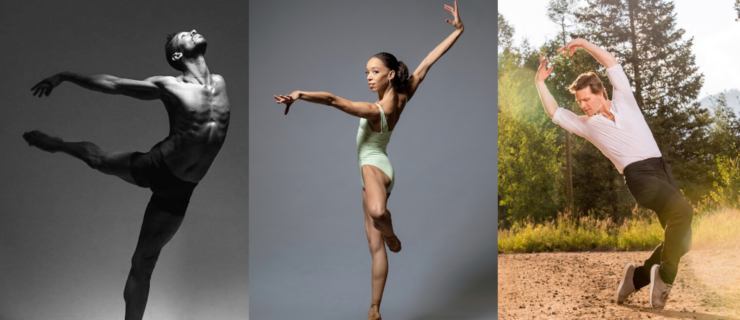Dancers Gear Up for the Helsinki International Ballet Competition
Canceled twice during the pandemic, the ninth Helsinki International Ballet Competition is back. Held May 30–June 6, excitement is running high as this year’s competitors gear up for a week of intense training and performances. Of the 68 international competitors, 19 hail from the U.S.
Hosted by the Finnish National Opera and Ballet, the competition divides competitors into junior (ages 15–19) and senior (ages 20–25) divisions and consists of three rounds and a gala of classical and modern repertoire. Dancers must move forward through each round for the chance to win a cash prize or one of two distinguished awards: the Jane Erkko Grand Prix (with a cash prize of roughly $21,500) or the Doris Laine Prize (approximately $13,000). The competition also grants several choreography awards.
Many of this year’s dancers were selected after they submitted video auditions in March. (Those who won a Grand Prix or first, second or third prize at other select IBCs were accepted without an audition.) Since then, they have each rehearsed four classical and two contemporary variations to perform for a public audience and a seven-member jury, headed by Finnish National Ballet artistic director Madeleine Onne. In addition to winning awards, many competitors hope to gain international recognition and land jobs or scholarships at prestigious companies and schools. Others simply look forward to the challenge of stepping onto an international stage.
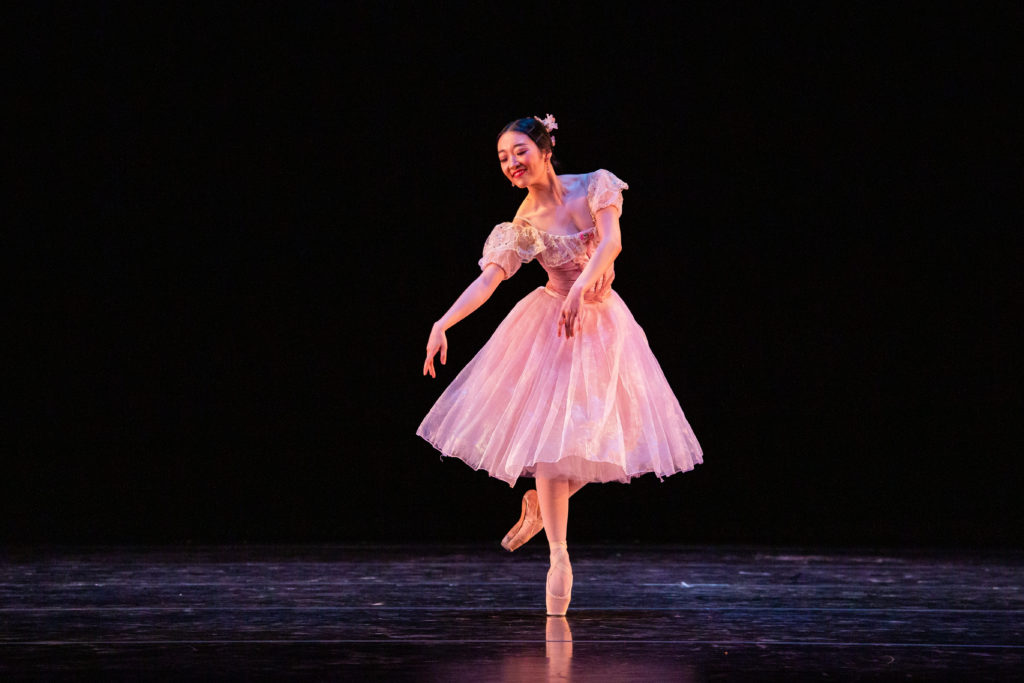
Senior competitor Mayu Odaka, a soloist with Oklahoma City Ballet, is excited to participate, especially since she was not allowed to compete as a student. “I’ve been with Oklahoma City Ballet for seven years now, so I wanted to challenge myself in a different environment,” she says. For the first round, she will perform one of Lise’s variations from La Fille Mal Gardée and Swanhilda’s Act III Coppélia variation. She has also been rehearsing two contemporary solos choreographed by OKCB acting artistic director Ryan Jolicoeur-Nye and retiring principal DaYoung Jung.
Odaka is eager to visit Europe for the first time and interact with international dancers, especially after the pandemic lockdowns. “The arts are very different over there,” she says. “I’ve always wanted to watch dancers who’ve gone through the royal schools—to see that kind of training in action.”
Nineteen-year-old Tristan Barron, a student at St. Lucie Ballet in Florida, looks forward to learning from the other dancers. “I hope to make friends, and I’m excited to watch the other guys and their technique. I love hanging out and being excited backstage together. It fires me up to get my name out there.”
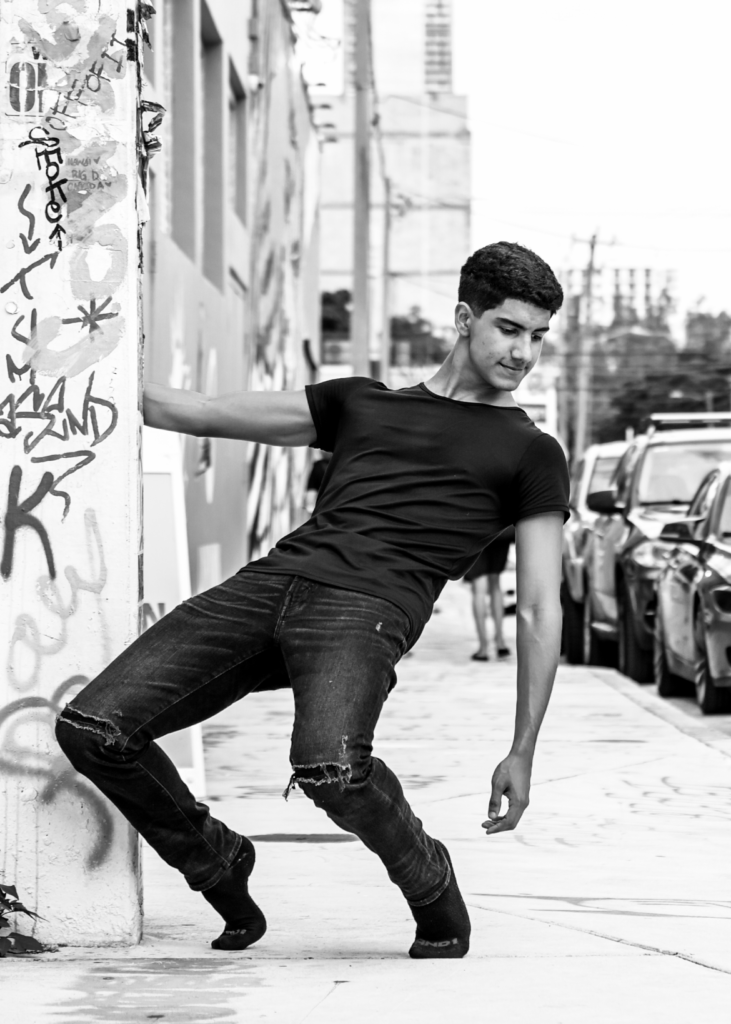
With aspirations to dance abroad, Barron hopes to gain visibility among international companies to launch his professional career. For the competition, he has rehearsed variations from Le Corsaire, Paquita and The Nutcracker, as well as two contemporary solos: one choreographed by fellow St. Lucie student Emma Butterworth, and one by Antwan Sessions.
Senior-division candidate Joshua Kiesel, a newly minted company dancer at Kansas City Ballet, has been busy rehearsing and performing in KCB’s recent run of The Wizard of Oz. He has spent his lunch breaks working with artistic director Devon Carney and ballet master Parrish Maynard to practice his variations from Don Quixote, Swan Lake, Diana and Actaeon and Giselle. “It was difficult pushing through them during lunch in the six-hour workdays,” he says, “but we got through it!”
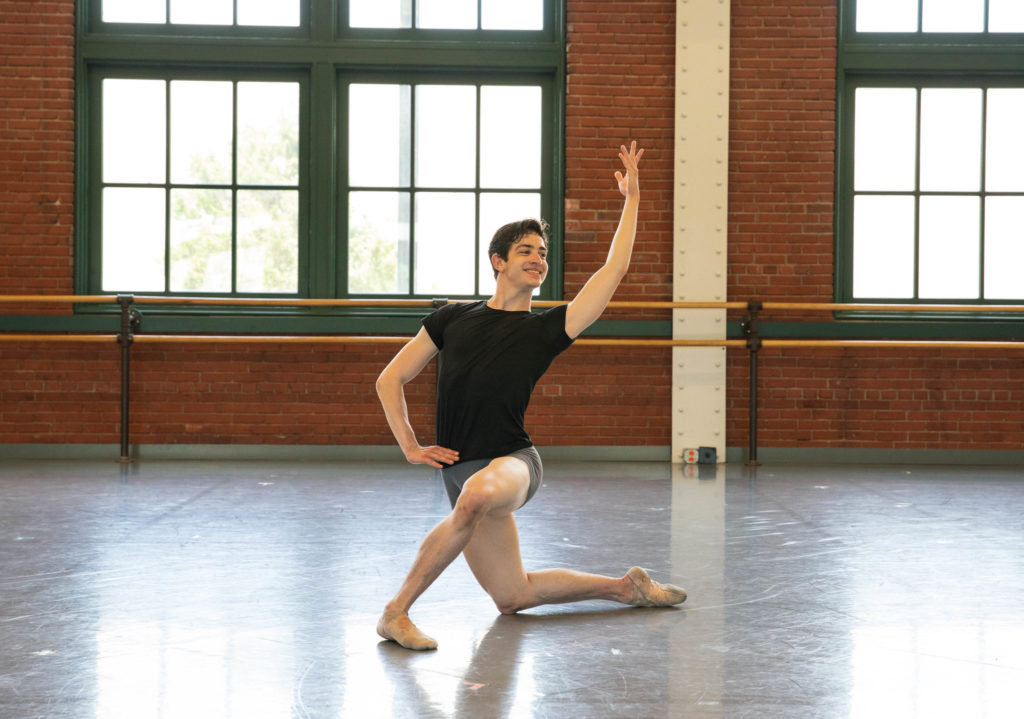
Role models like Daniil Simkin, Jeffrey Cirio and Brooklyn Mack, who 21-year-old Kiesel says all competed in Helsinki when they were around his age, inspired him to apply. Mack, incidentally, is a member of this year’s jury. “Being the only American guy in my age category is nerve-racking,” says Kiesel. “But at the same time, I’m so excited to be on that stage!”
Fifteen-year-old Siena España, a student at Coastal Dance Centre in Myrtle Beach, South Carolina, can’t wait to set foot on the Finnish National stage either. This will be her first time leaving the U.S. She looks forward to meeting new dancers and taking classes from international instructors, hoping to land a scholarship at a professional school. “My goal is to dance in Europe, and my dream company is Staatsballett Berlin,” she says.
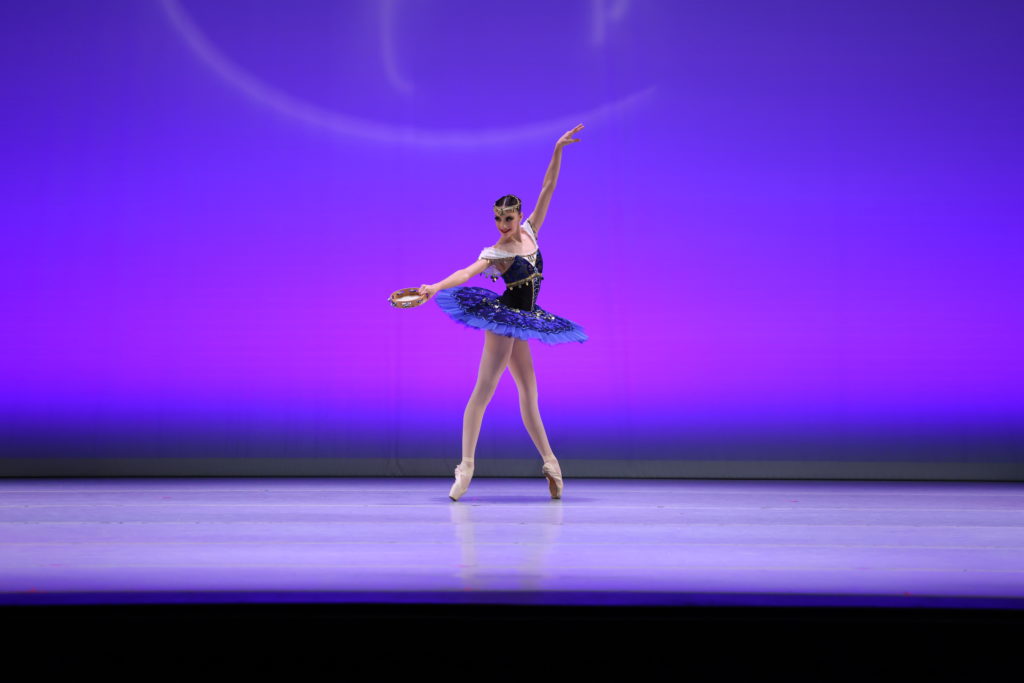
With generations of circus performers and aerial artists in her family, España’s favorite part of competing is sharing joy with the audience. She’ll be performing variations from La Bayadère, The Cavalry Halt, Giselle and La Esmeralda in addition to her contemporary solos. “When I go onstage, I don’t think of it as a competition,” she says. “I’m not competing with anybody but myself—making the audience happy helps keep me calm.”
After the two-year hiatus, each competitor is glad Helsinki is back in full swing. “It’s a very surreal feeling to get back out there for something this big,” says Kiesel. “It’s amazing to see how much the dance world has molded itself back together.”
